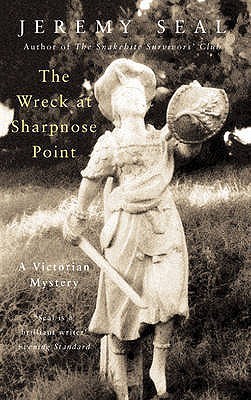What do you think?
Rate this book


338 pages, Paperback
First published January 1, 2001
Jeremy Seal excels at constructing fine tales on seemingly flimsy premises: his fear of snakes was the springboard for the harrowing Snakebite Survivors' Club, for example, while a quest for a fez unfolded into the wonderful cultural travel book, A Fez of the Heart. I enjoyed both of these books so much that I put Seals on my "Promising Contemporary Authors" watch list and bought this earlier work from a used book seller.
Then, as is so often the case, the book sat on my groaning "to read" shelf, neglected.
Then one day it caught my eye. "Ah! Smuggling on the Cornish coast! Shipwrecks! That's the ticket!" It was just the sort of book that, although I hadn't realized it until that moment, I was casting about for.
(I am a great believer in the Right Book for the Right Time. If the reader is not in a receptive mood, then what's the point?)
True to form, Seal takes a chance encounter and proceeds to spin an elaborate narrative, interweaving his efforts to find out what happened to the Caledonia with a wonderfully full-bodied speculative account of what might have happened to the ship and its crew. He threw himself into both the research and fictional reconstruction with admirable abandon, yet there's an elegance to his writing and, above all, a commitment of heart that I found quite alluring.
Was there really enough material there to justify a book?
Well, not really. But that's missing the point.
The point is this: In the absence of time travel, writers like Jeremy Seal are perhaps our best hope of experiencing the past. Or perhaps I could compare him to a medium, connecting to the spirits of the long dead. While we may not sanction his methods or conclusions, those with a bit of adventure in their souls and a longing for the past will relish the journey he takes us on.